Сообщение Gandhi and spinning wheel: a story behind the iconic photo появились сначала на Old Pictures.
]]>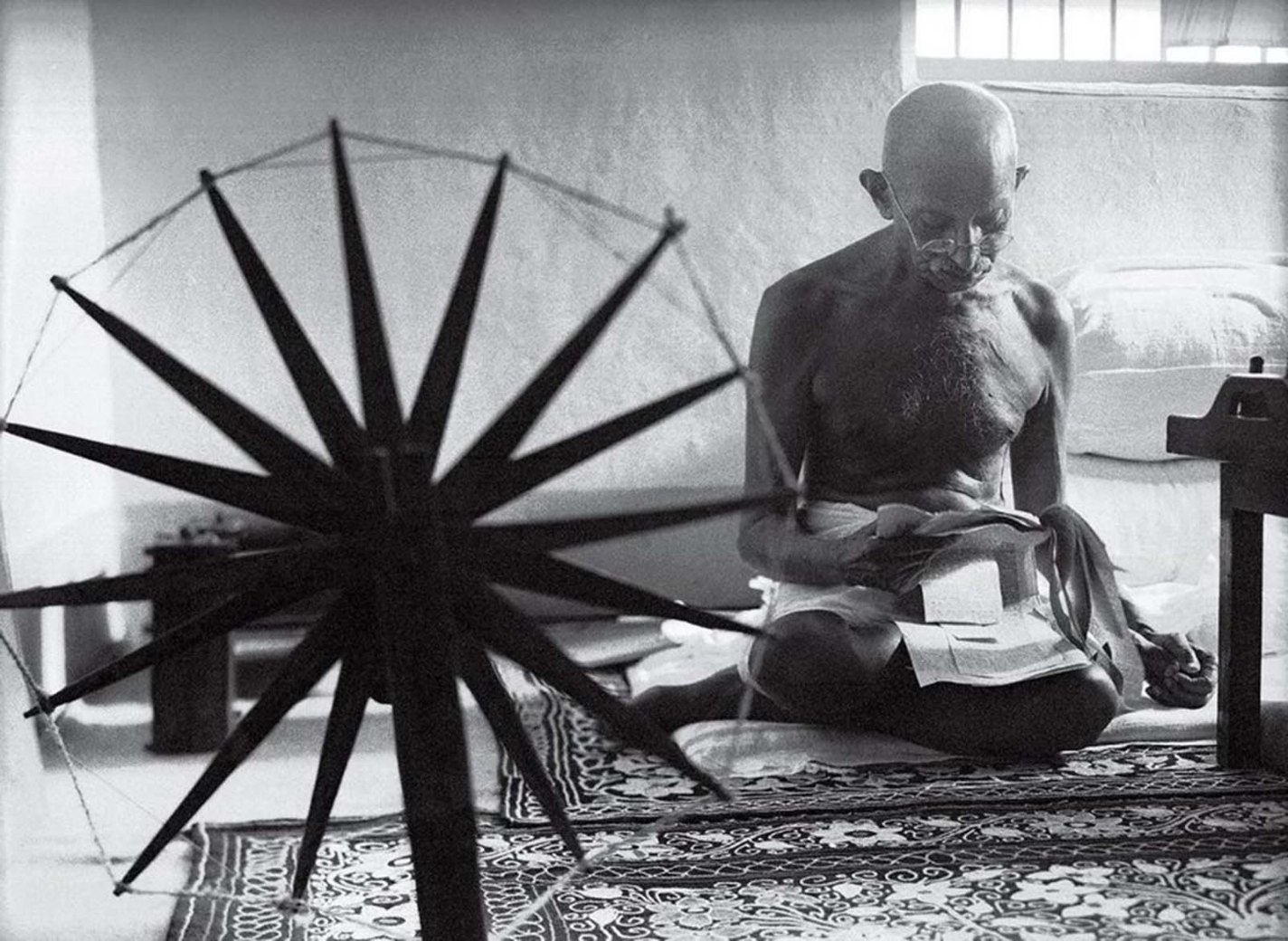 American photographer Margaret Bourke-White took her legendary Mahatma Gandhi and spinning wheel photo in 1946. It became a symbol of the “nonviolent resistance” ideology. Later it turned out that the spinning wheel was a perfect visual component to show the lifestyle and the mindset of Gandhi.
American photographer Margaret Bourke-White took her legendary Mahatma Gandhi and spinning wheel photo in 1946. It became a symbol of the “nonviolent resistance” ideology. Later it turned out that the spinning wheel was a perfect visual component to show the lifestyle and the mindset of Gandhi.
Margaret Bourke-White was a fearless photographer. She became the first female military journalist and took pictures that are sometimes horrifying with the brutality of the events they depict. But at the same time, she was able to capture moments of peace and tranquility. Her photograph of “Gandhi and His Spinning Wheel” is a perfect illustration of her skill.
This Mahatma Gandhi photo is among the 100 most important pictures in history
The harsh time for India
1946 is a turbulent time for India. The former British colony split into independent states – Pakistan and the Indian Union. Numerous bloody clashes between Hindus and Muslims will follow, more than 500 thousand people will die. Mahatma Gandhi, who believed in the senselessness of violence, was very upset by the country’s situation. But in 1946, the parties still hoped for a more peaceful settlement of the conflict. During this time, Margaret Burke-White was on assignment for the editorial staff of LIFE magazine in India. She was working on an article ultimately titled “Leaders of India” issued on May 27, 1946.
The photographer took hundreds of pictures, including many photographs of Gandhi himself: with his family, with a spinning wheel, at prayer. A dozen pictures of the Leaders of India hit the pages of the magazine. But there was no famous Gandhi photo among them.
This picture hit the paper in June 1946, as a small image on top of an article dedicated to Gandhi’s charm, which the editorial board called “natural medicine” for the sick.
Why is the spinning wheel a symbol of Gandhi
The ‘Gandhi spinning wheel’ photograph became truly famous after the assassination of Gandhi in January 1948. LIFE magazine released an article entitled “India Lost Its Great Soul.” A shot of Gandhi with a spinning wheel took half a page over the text. The photograph served as a moving visual eulogy for this man and his ideals.
Margaret Bourke-White noted the significance of the simple spinning wheel in the photograph for Mahatma Gandhi. She wrote: “Gandhi spins every day for an hour, usually starting at 4 a.m. All members of his ashram must spin too. He and his followers encourage everyone to spin”. They even told Margaret Bourke-White to put aside the camera to spin … When she noticed that photography and spinning are both crafts, they replied seriously: “Spinning is the greater of two.” Spinning rises to the heights of the almost religious Gandhi and his followers.
The spinning wheel is almost like an icon to them. Spinning is a medicine for them, and they talk about it in terms of high poetry. “
In Burke-White’s most famous portrait of Gandhi, a note to the LIFE editors reads: “Gandhi is reading clippings — in the foreground is the spinning wheel he has just stopped using. It would be impossible to exaggerate the reverence with which Gandhi’s personal spinning wheel is kept in the ashram.”
Read more: The story of American way photo by Margarett Bourke-White
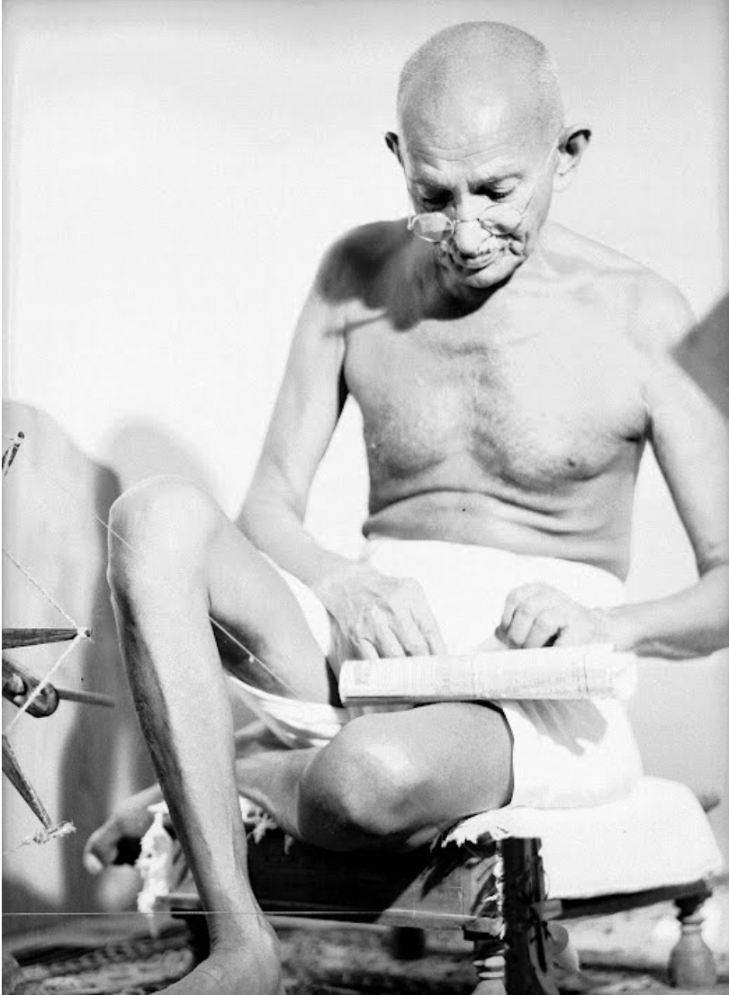
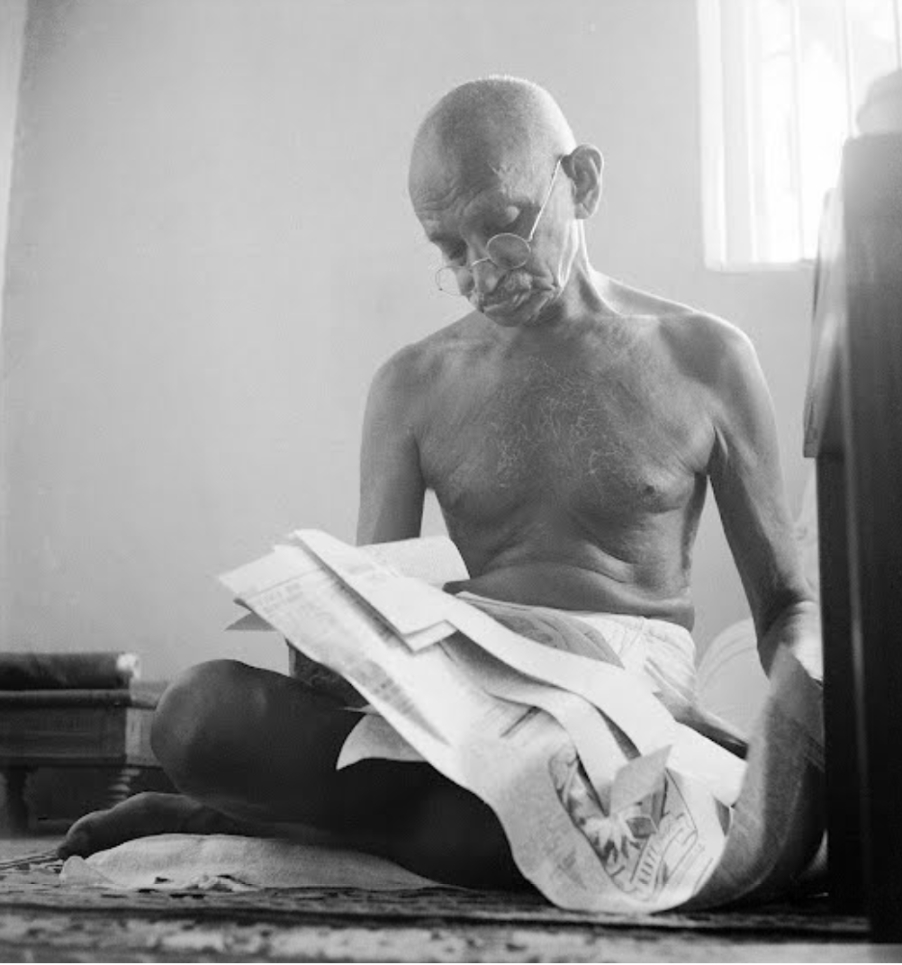
Gandhi reading religious texts.
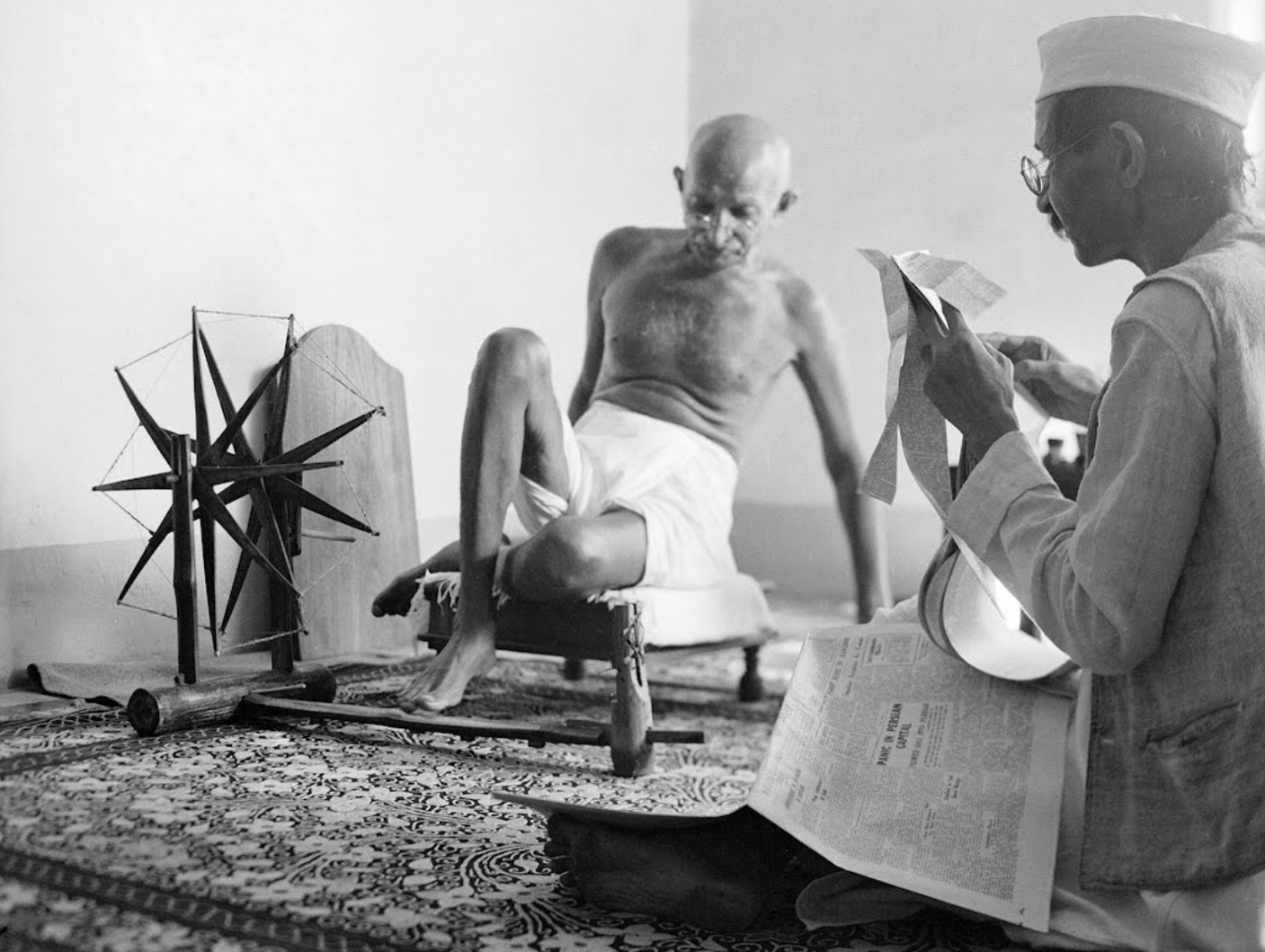
Mahatma Gandhi stretching during the reading
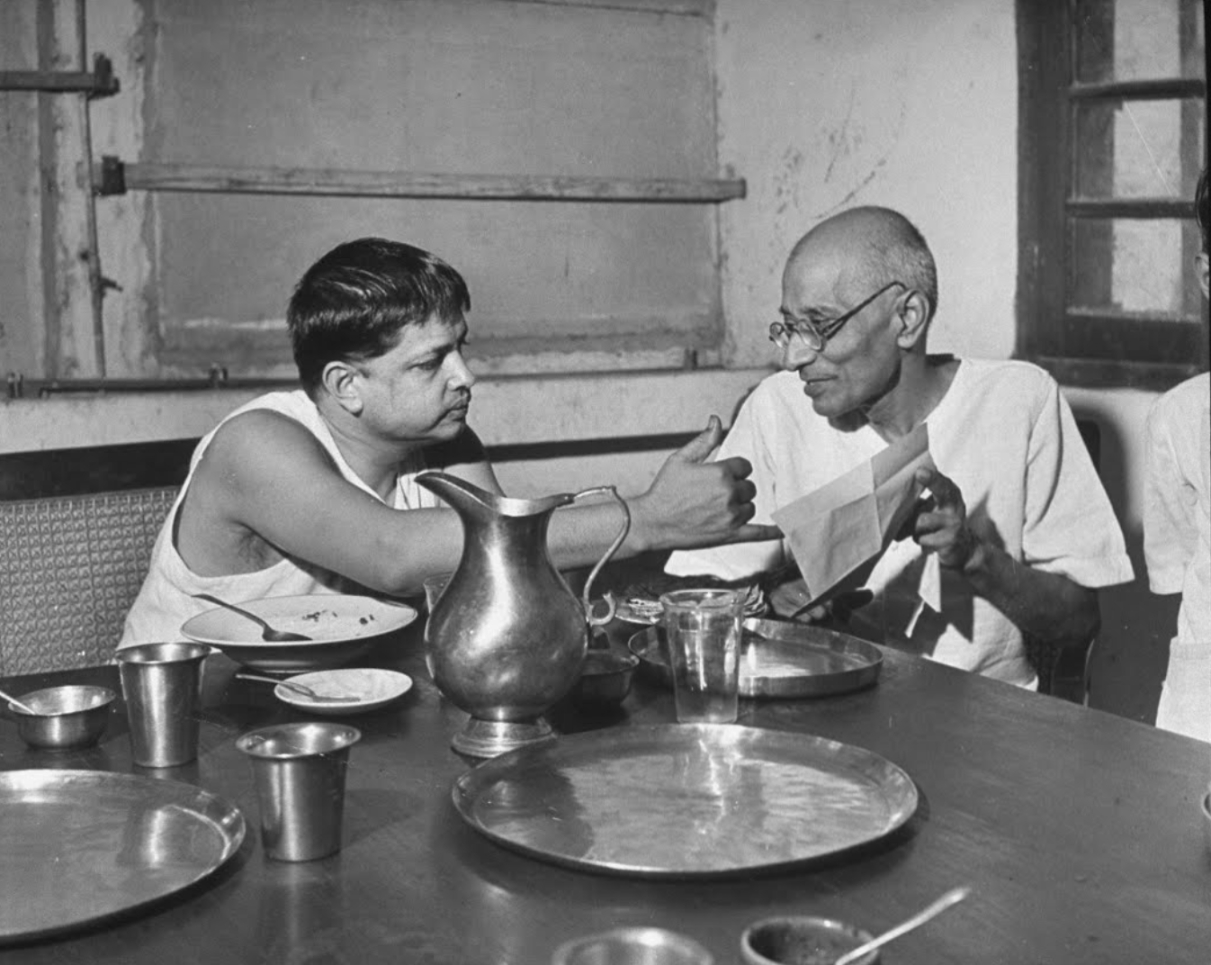
Gandhi and his follower
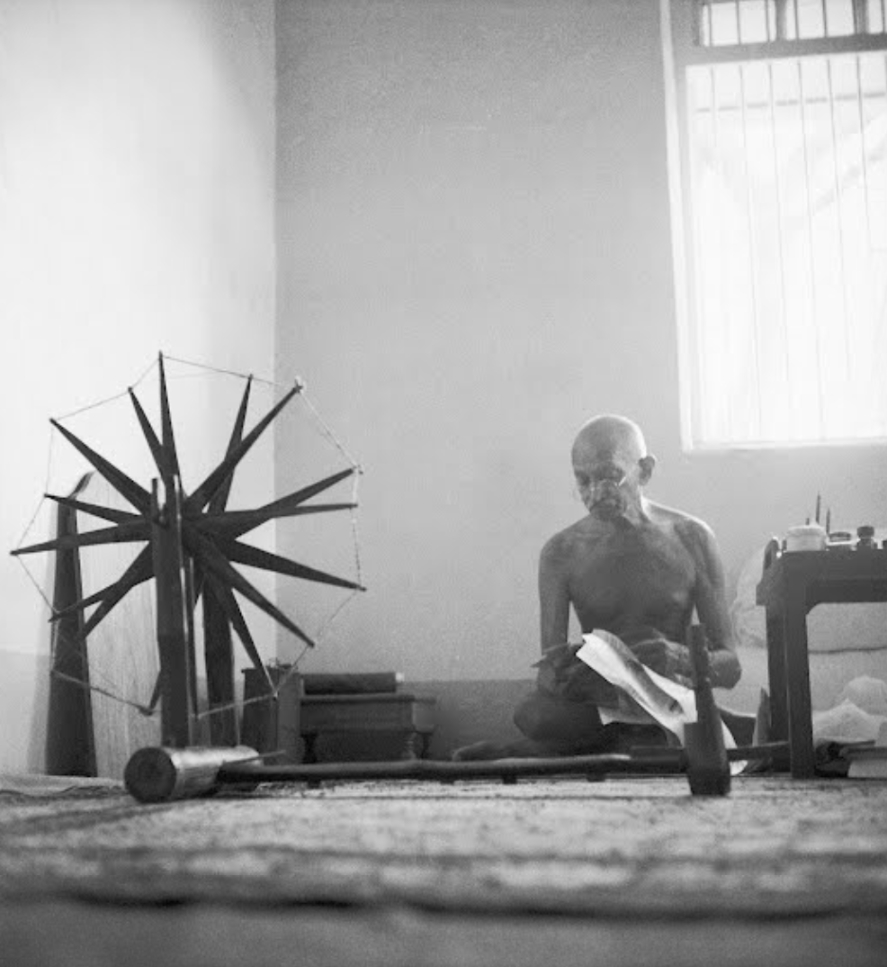
Another angle of the famous spinning wheel photo
Сообщение Gandhi and spinning wheel: a story behind the iconic photo появились сначала на Old Pictures.
]]>Сообщение Punkah Wallah: interesting facts and pictures появились сначала на Old Pictures.
]]>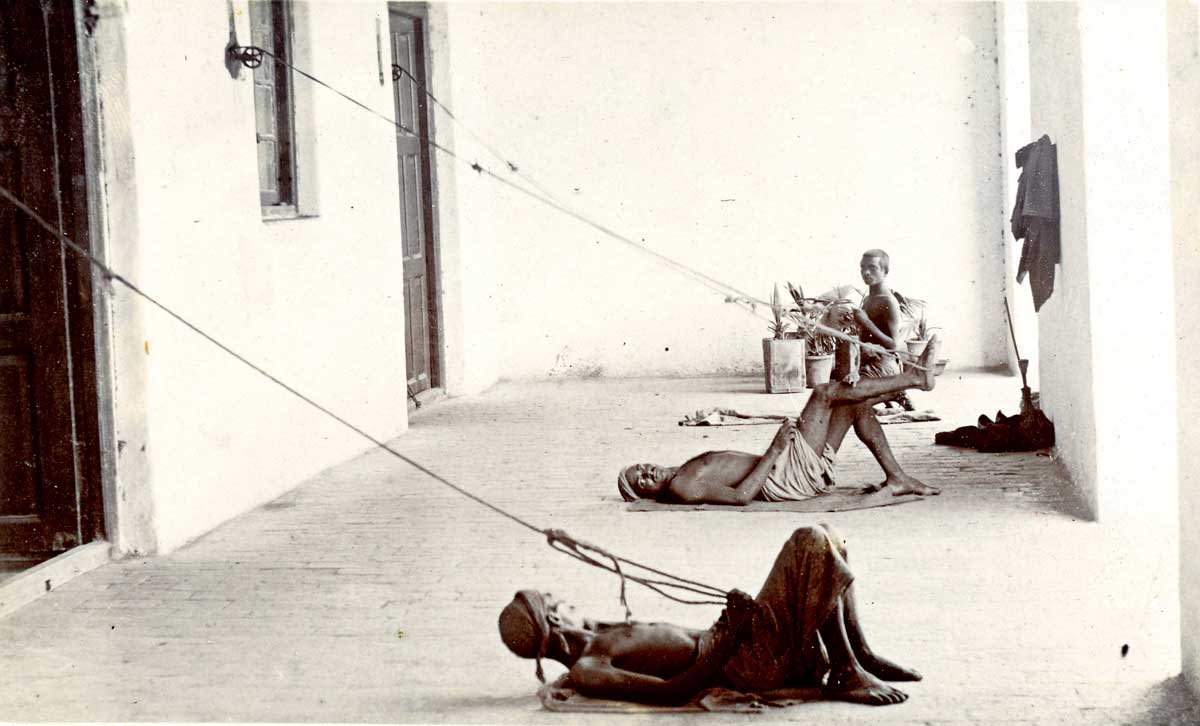
Punkah Wallah was a replacement for the air conditioners for the wealthy people hundreds of years ago. Basically, punkah is a large fan, while Wallah is a servant who’s moving it, usually with his legs.
Punkah Wallah seems to be the most boring job ever. Don’t forget it when complaining about our work: boring, paying little… So, from now on, when you feel that your career is not good enough, remember the Punkah Wallah.
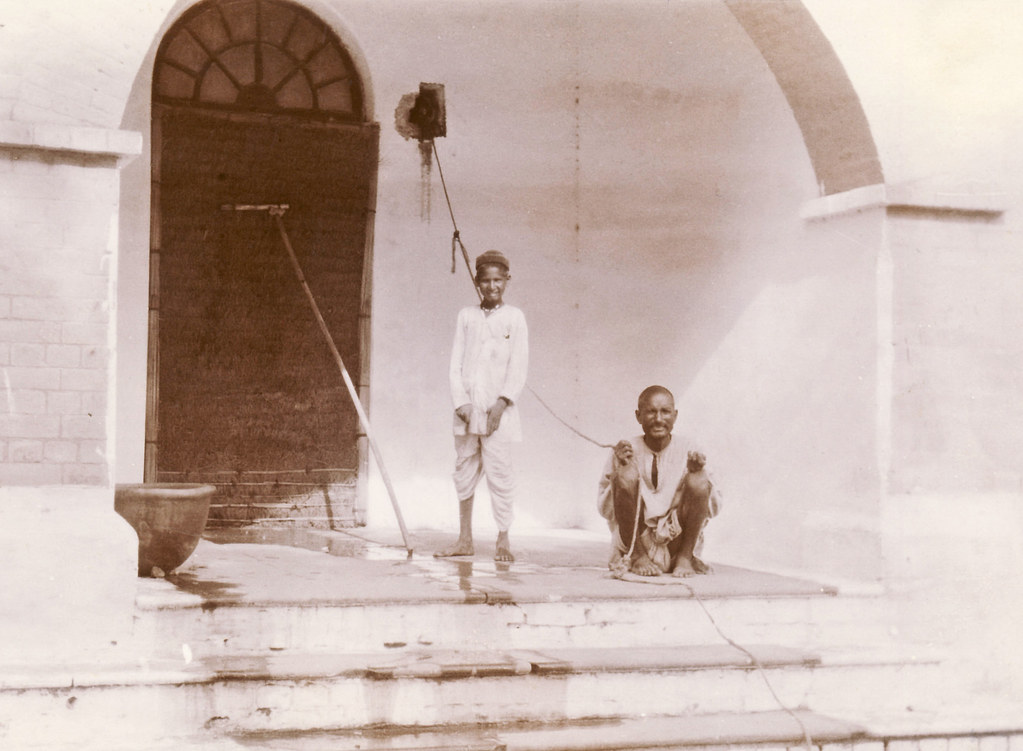
Punkah Wallah during a short break. Usually, moving fans was boring but not exhausting. Colonists could afford to hire extra workers to make their job easier.
India is a homeland for Punkah Wallah
As you can imagine, India is the land of the dominating heat. This fact frustrated Victorian Era English colonialists, who had a particularly hard time due to their genetic habit to the relatively cold climate.
And since electricity was a rare beast in the 19th century, Punkah Wallah was the only air conditioning option. The cheap labor in India and your colonialist status was a plus.
The task of the fan-boys was as simple as anything boring: they had to set move giant fans – Punkahs, which were hung from the ceiling of living rooms (and sometimes entire churches or other indoor areas).
Lots of different punkahs were in use, tailored or wooden ones. I must say that wooden ones were more dangerous: the ropes that linked the punkah to the ceiling could collapse due to constant friction, and it could fall right on the gentlemen.
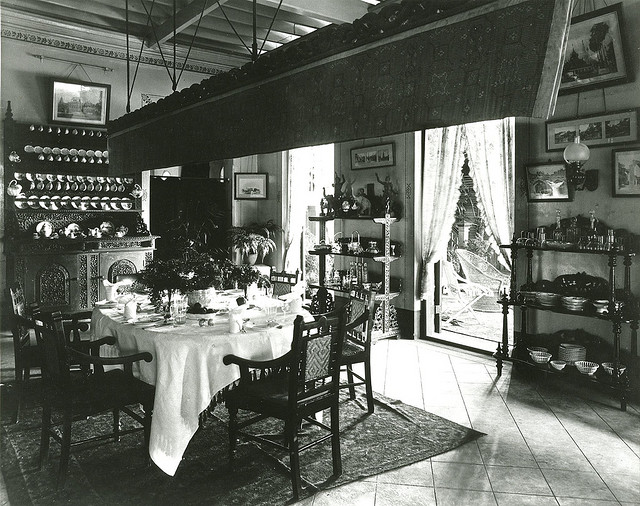
Punkahs could be that’s large. Usually, such a massive fan was moved by three persons.
The remote control
Sometimes the Punkah Wallah could sit in the same room as the fan was pulled with their hands. But in this main photograph, taken in the 1900s, Wallahs are moving fans with legs. In this case, Punkah Wallah could stay behind the wall of the room, and the strings of the fan are pulled from the outside.
Punkah Wallah was usually deaf. Unlike ordinary servants, Punkahs could not be sent out of the room when the conversation took on a secret nature or a delicate matter – of course if the gentlemen did not want to suffer the heat.
Electricity was a Punkah’s profession killer. And this is clearly not the case when at least someone misses the extinct profession.
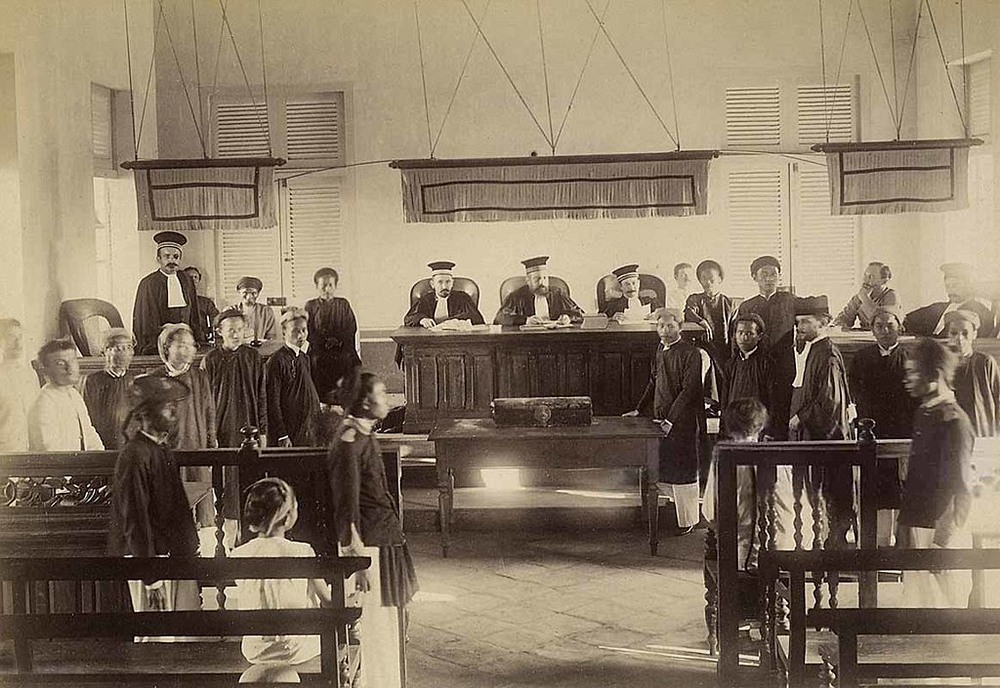
Punkah air-conditioned courtrooms as well as other administrative units.
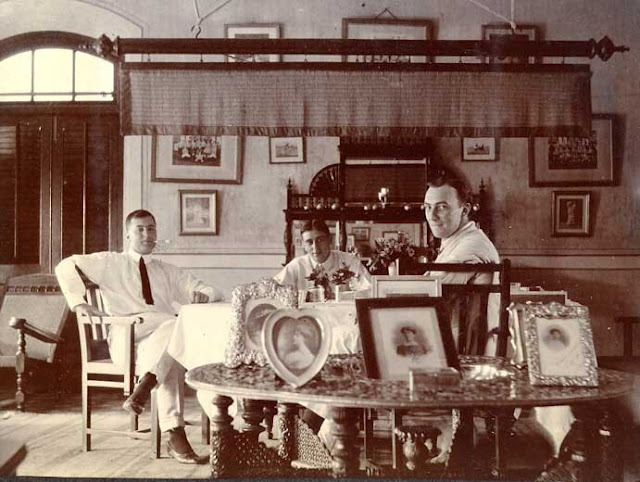
A restless punkah for respectful gentlemen
Punkah Wallah tradition in the USA
A chilling punkah was an integral part of the Southern states’ wealthy homes, but they had a different name. Slaves handled Ceiling-mounted fans. Yep, English gentlemen at least paid some pennies to deaf locals.
Interestingly, both the wealthy men and their slaves benefited from their interactions with the fans. Masters experienced the fans’ cooling winds, insect-free time, and the occasion to showcase their money and sophistication. Even though they were consigned to labor at the fans, enslaved workers likely used their proximity to elite whites to learn “genteel” codes of behavior, while gleaning information about the plantation world and beyond.
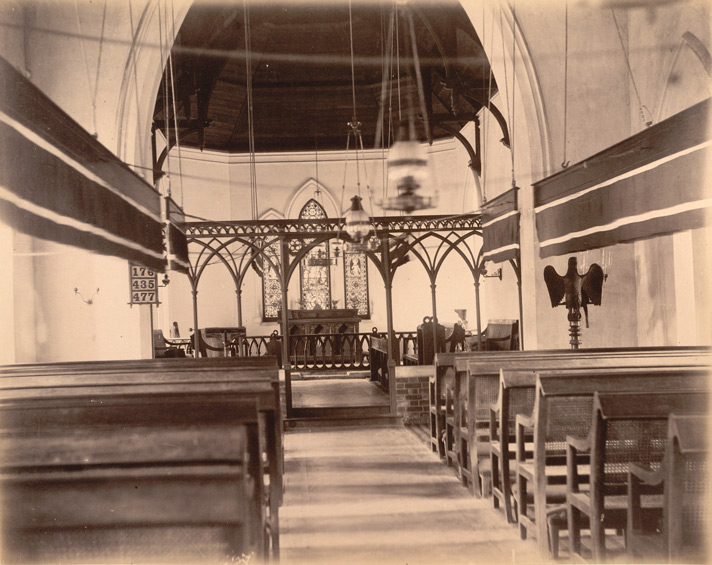
Punkahs were used in the cathedrals too.
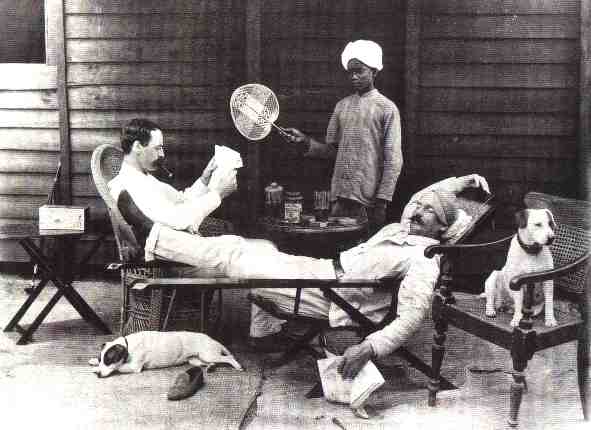
The most common Punkah Wallah was a deaf boy or man that held a fan in his hands.
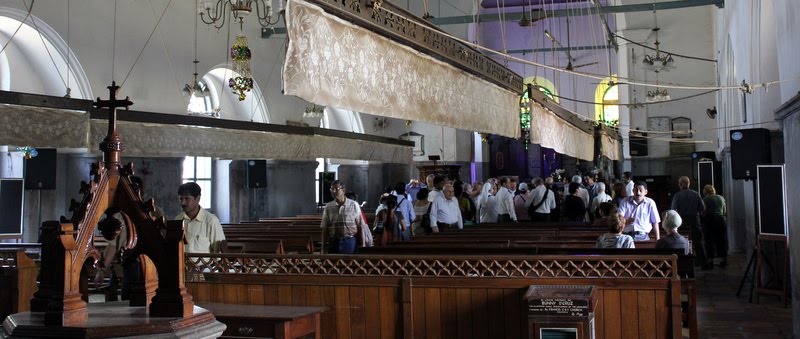
Modern Punkahs. No human resources were used for sure.
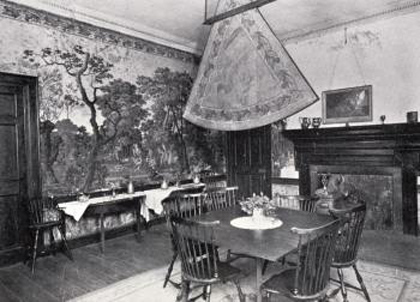
A fancy fan in a wealthy Indian home.
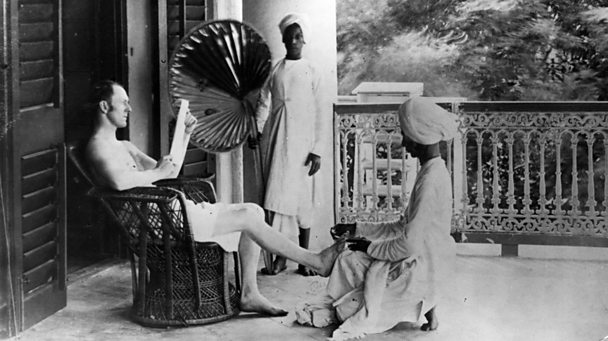
Fan-boy was a kind of demonstration of how wealthy the colonist is.
Сообщение Punkah Wallah: interesting facts and pictures появились сначала на Old Pictures.
]]>Сообщение London – Calcutta: the longest bus route in history появились сначала на Old Pictures.
]]>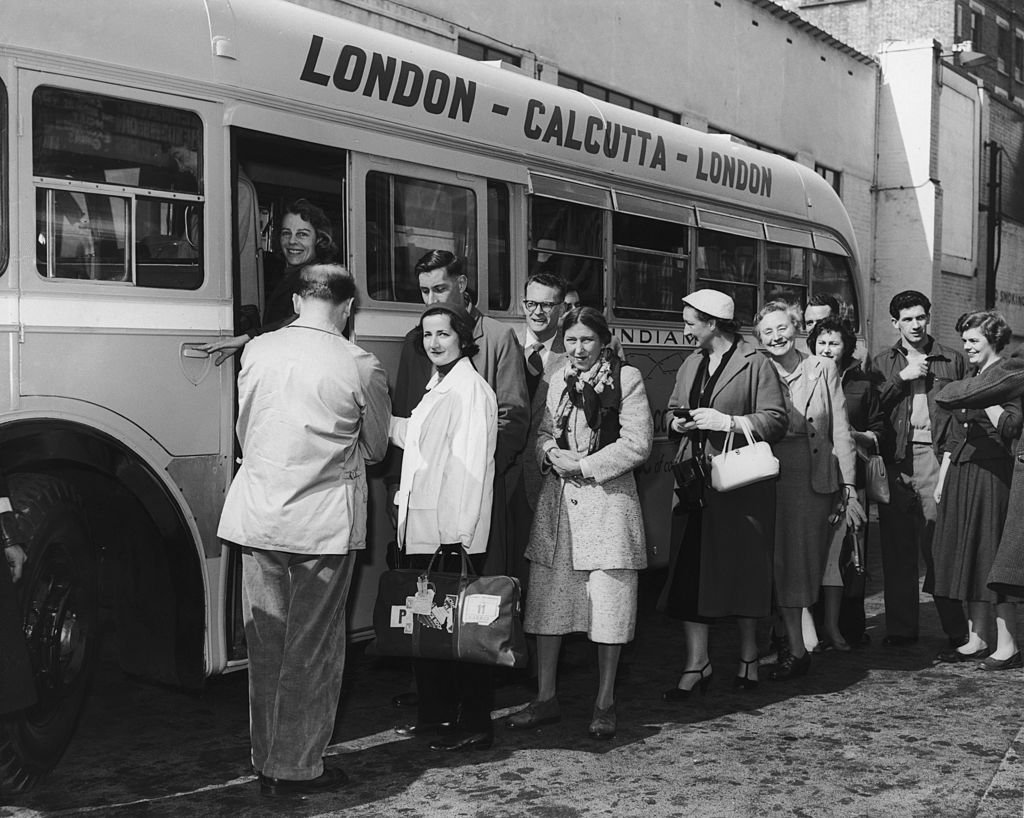
This photo was taken on April 15, 1957, at Victoria Bus Station before the first trip on the longest ever bus route in the world: London – Calcutta. 11,670 kilometers through 11 countries: England, Belgium, Germany, Austria, Yugoslavia, Bulgaria, Turkey, Iran, Afghanistan, Pakistan, India.
45 days to cover the longest bus route
The cheerful people in the picture (among them, by the way, two firefighters who emigrated from Australia) had to spend almost a month and a half on the road. Well, if they were getting to the final point of the route. Fortunately, you did not have to endure the entire journey to Calcutta. You could get off somewhere in Istanbul, giving up the vacated seat to a local passenger in a hurry to Pakistan.
Read more: All Pulitzer Prize photos (1942-1967)
The route was organized by the bus company Albert Travel. The bus was notable for its comfort. There were individual beds for sleeping, a library, and an audio library – for those who preferred to entertain themselves with music. A brochure advertising the route on the Albert Travel bus read: “Your travel home.”
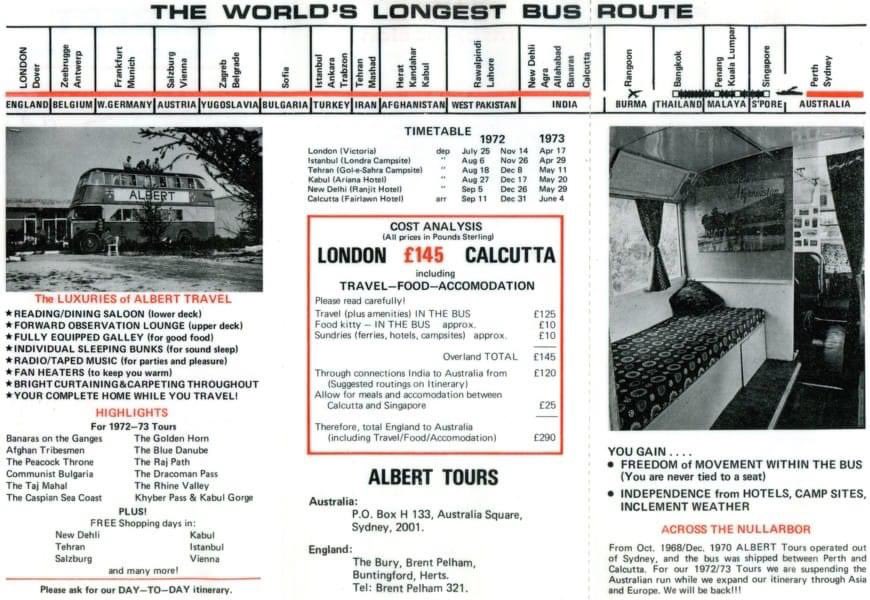
An advertising brochure.
This dubious pleasure was worth 145 pounds one way. Translated into modern money – 1462 pounds.
But do not rush to pack your bags. The route was discontinued in 1976.
For comparison: now the longest bus route is around 5000 kilometers from Lima (Peru) to Rio de Janeiro (Brazil).
Сообщение London – Calcutta: the longest bus route in history появились сначала на Old Pictures.
]]>